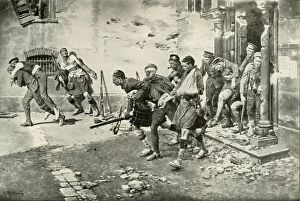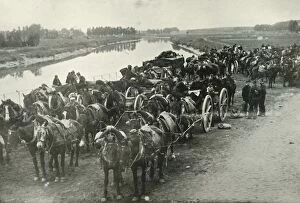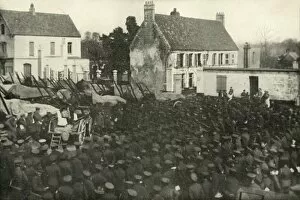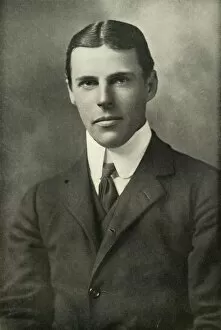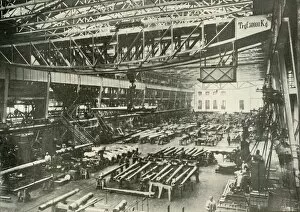W Stanley Macbean Knight Collection (#5)
"W Stanley MacBean Knight: A Heroic Figure in the Great War" In the annals of World War I
For sale as Licensed Images
Choose your image, Select your licence and Download the media
"W Stanley MacBean Knight: A Heroic Figure in the Great War" In the annals of World War I, few names evoke as much admiration and respect as that of W Stanley MacBean Knight. This extraordinary individual was not only a witness to some of the most pivotal moments in history but also played an instrumental role in shaping its outcome. One such momentous event was "The Offensive on the Cambrai Front" in November 1917. As chaos reigned supreme, with bullets whizzing past and explosions tearing through the air, it was Knight's unwavering courage and strategic brilliance that turned the tide of battle. His leadership inspired his comrades from the Royal Horse Artillery to fight valiantly, ultimately securing a decisive victory. But Knight's heroism did not end there. In "A Dug-Out in What Was Once A Sylvan Wood, " we catch a glimpse of his resilience amidst unimaginable adversity. Surrounded by destruction and despair, he remained steadfast, providing solace and hope to those around him. Knight's commitment to duty extended beyond mere battlefield exploits; he recognized that true strength lay in unity. In "Types of the British Army, " we see his dedication to fostering camaraderie among soldiers from diverse backgrounds. Through understanding and cooperation, he ensured that every soldier felt valued and supported. As an esteemed military leader himself, Admiral Sir John Jellicoe recognized Knight's exceptional qualities early on. Their partnership proved invaluable during critical naval operations depicted in "Winston Churchill (First Lord of Admiralty). " Together they navigated treacherous waters with precision and determination, safeguarding their nation against formidable adversaries. Knight's indomitable spirit knew no bounds; even when faced with unfamiliar terrains like Gallipoli Peninsula or Salonika, he fearlessly led British troops into uncharted territories while ensuring their safety at all costs ("Landing of British Troops at Salonika" and "Map of the Gallipoli Peninsula").


